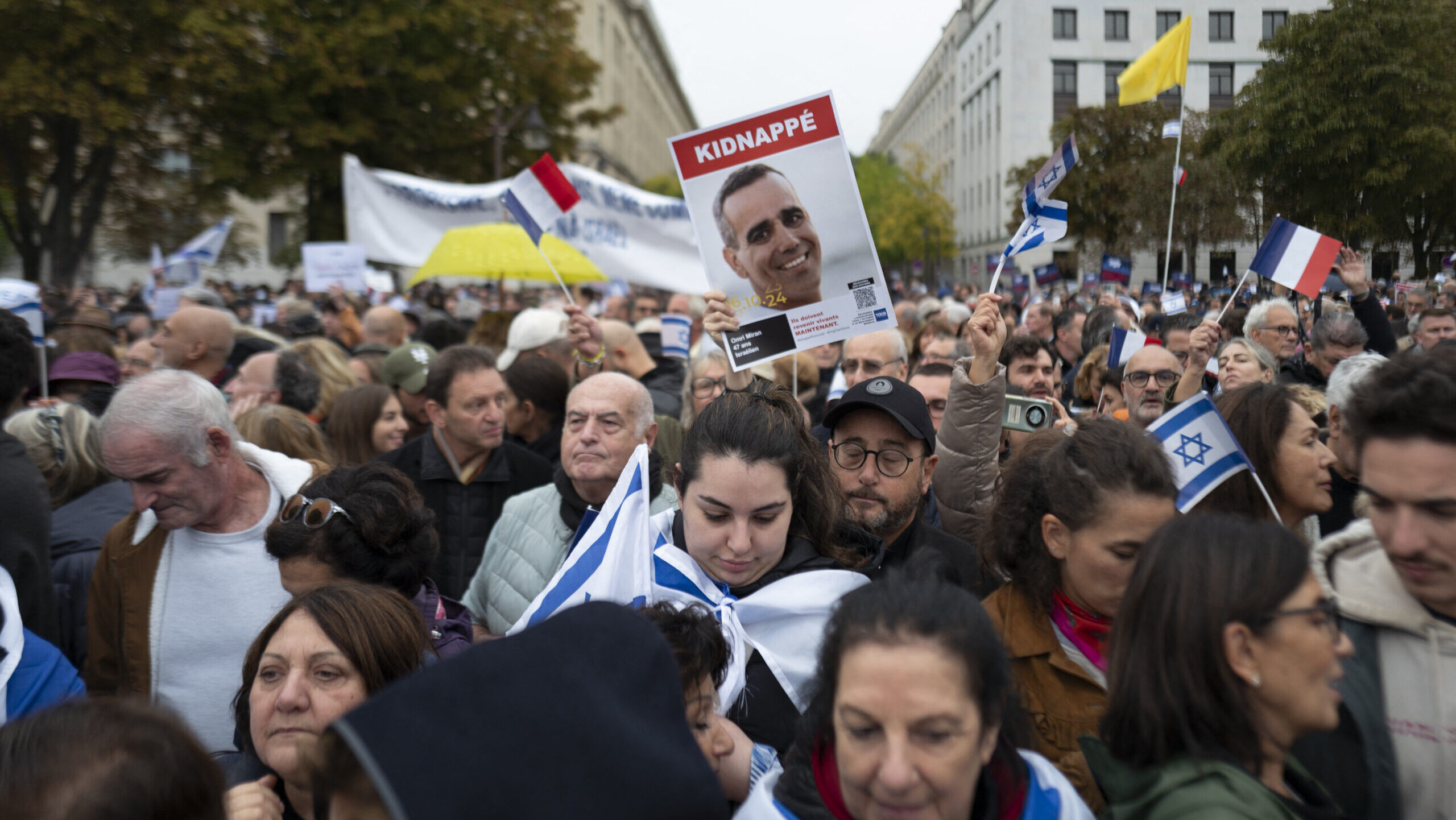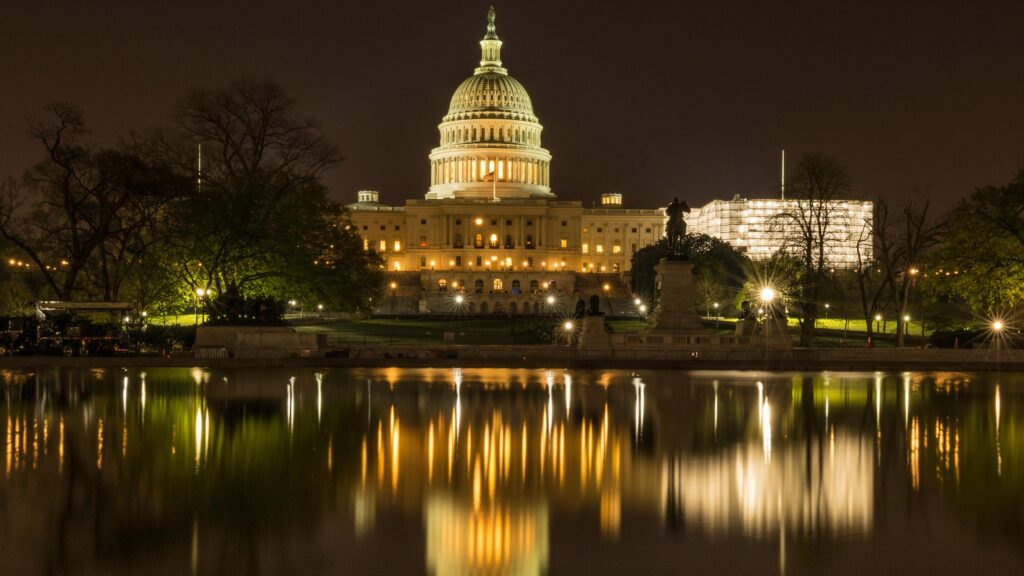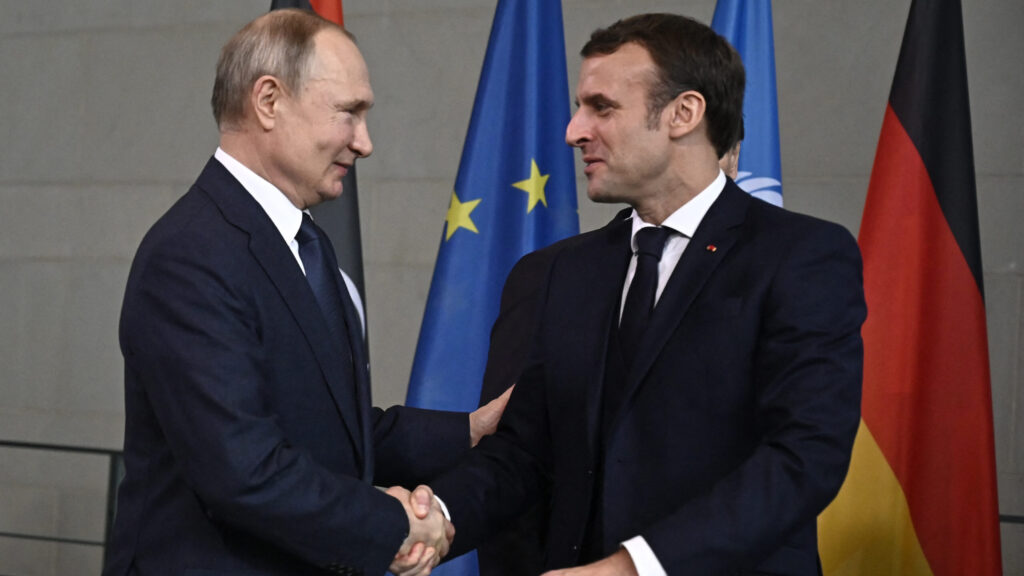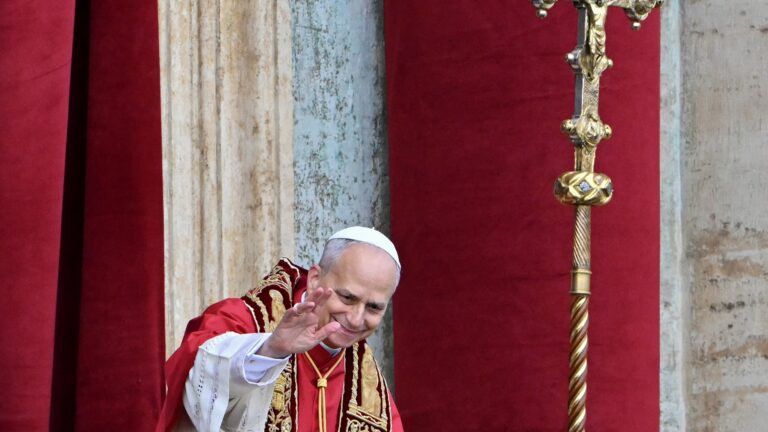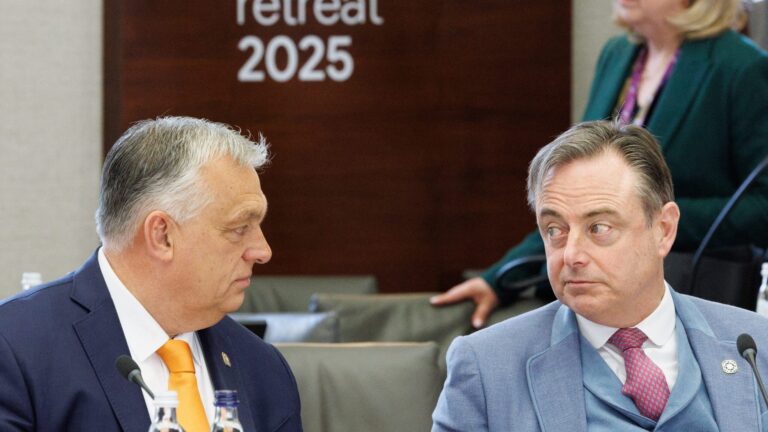OOn Sunday, the ceasefire agreement between Israel and Hamas, reached last week, officially came into effect, along with the release of hostages held in Gaza. Hungarian Minister for Foreign Affairs and Trade Péter Szijjártó announced on Saturday that Israeli Hungarian hostage Omri Miran will be included in the second phase of the release process outlined in the agreement.
‘We are pushing for the first phase of this agreement to be fully implemented from a priority national point of view, as the implementation of the first phase is a precondition for the second phase to be agreed,’ Szijjártó said. He added, that the second phase gives hope that the last Hungarian hostage still held by Hamas can be released, as the current release phase prioritizes women, and sick and elderly men.’ He explained that the Hungarian hostage is a young man who does not fall into these categories.
46-year-old Omri Miran was taken captive on 7 October by Hamas terrorists from Kibbutz Nir Oz, leaving his wife, Lishay Miran, 38, and their six-month-old and two-year-old daughters
Szijjártó also stated that during a telephone conversation, he assured his Israeli counterpart, Gideon Saar, of Hungary’s full support towards the Jewish state. ‘We understand that this was a very difficult decision for the Israeli government, and we appreciate the commitment of the Israeli government and the mediators who worked to bring about this agreement,’ he underlined.
‘The second phase gives hope that the last Hungarian hostage still held by Hamas can be released’
The Trump Effect
As reported by Hungarian Conservative, news broke on Wednesday evening last week that, after 15 months of intense fighting in the Gaza Strip, Israel and Hamas had agreed on the main principles of a ceasefire and hostage deal. Later that evening, outgoing US President Joe Biden officially announced the agreement, stating that the final deal followed the ‘precise contours of the plan’ he had outlined before the UN Security Council on 31 May 2024.
However, according to Arab officials involved in the negotiations, President-elect Donald Trump’s pick for Mideast special envoy, Steve Witkoff, played a far more significant role in sealing the deal in its final days than Biden did throughout 2024.
Trump also welcomed the agreement last Wednesday, declaring: ‘This EPIC ceasefire agreement could have only happened as a result of our Historic Victory in November, as it signaled to the entire World that my Administration would seek Peace and negotiate deals to ensure the safety of all Americans, and our Allies.’
What Israel and Hamas Agreed On
The Israeli government ratified the deal on Saturday. Prime Minister Benjamin Netanyahu, however, cautioned that the ceasefire is temporary and highlighted that Israel stands ready to resume fighting with great force’ if necessary. He also stated that both Trump and Biden have given their full backing to ‘Israel’s right to resume fighting if it concludes that negotiations for the second phase are futile.
On Sunday, the first three hostages released under the agreement arrived in Israel, with Biden stating that they appeared to be in good health. Thousands of people gathered in Tel Aviv to watch the news on large screens and erupted in cheers. For months, many had congregated in the square to demand a ceasefire deal.
The agreement includes three phases. During the first phase, Hamas will release 33 hostages in exchange for the freeing of hundreds of Palestinians imprisoned by Israel. By the end of this phase, all living women, children, and sick and elderly individuals held by Hamas are to be freed. In exchange, Israel will release 30 prisoners for each civilian hostage and 50 for each female soldier. Additionally, Israeli forces agreed to withdraw from populated areas and relocate to the edges of the Gaza Strip.
‘Trump and Biden have given their full backing to Israel’s right to resume fighting if it concludes that negotiations for the second phase are futile’
During the first phase, lasting 42 days, Israel and Hamas will continue negotiations. If these discussions prove successful and no principles of the agreement are breached, the parties will enter the second phase, beginning with a declaration of ‘sustainable calm.’ At that point, Hamas is expected to release the remaining male hostages—both soldiers and civilians—in exchange for a yet-to-be-determined number of Palestinian prisoners and a full withdrawal of Israeli troops from the Gaza Strip.
The third phase involves the exchange of the bodies of deceased Israeli hostages for the bodies of deceased Hamas terrorists, the implementation of a reconstruction plan for Gaza, and the reopening of border crossings to facilitate movement in and out of the territory.
Not Everyone Satisfied
Critics of the deal have labelled it a capitulation for Israel, arguing that the Israeli Defense Forces (IDF) failed to achieve the primary objective of the offensive launched after Hamas's bloody terror attack on Israel in October 2023: the complete eradication of Hamas from Gaza. National Security Minister Itamar Ben-Gvir announced his intention to resign if the government ratifies the deal, asserting that it would ‘erase the achievements of the war’ by releasing hundreds of Palestinian militants and withdrawing from strategic areas in Gaza, effectively leaving Hamas undefeated. Finance Minister Bezalel Smotrich echoed these sentiments, describing the ceasefire as a ‘catastrophe for Israel.’
Israeli right-wing groups, including bereaved families, protested against the deal on Wednesday and Thursday, warning that its terms could endanger national security. They expressed concerns that releasing numerous convicted Palestinian terrorists under the agreement could leave some hostages in captivity and allow Hamas to remain intact.
Related articles:

